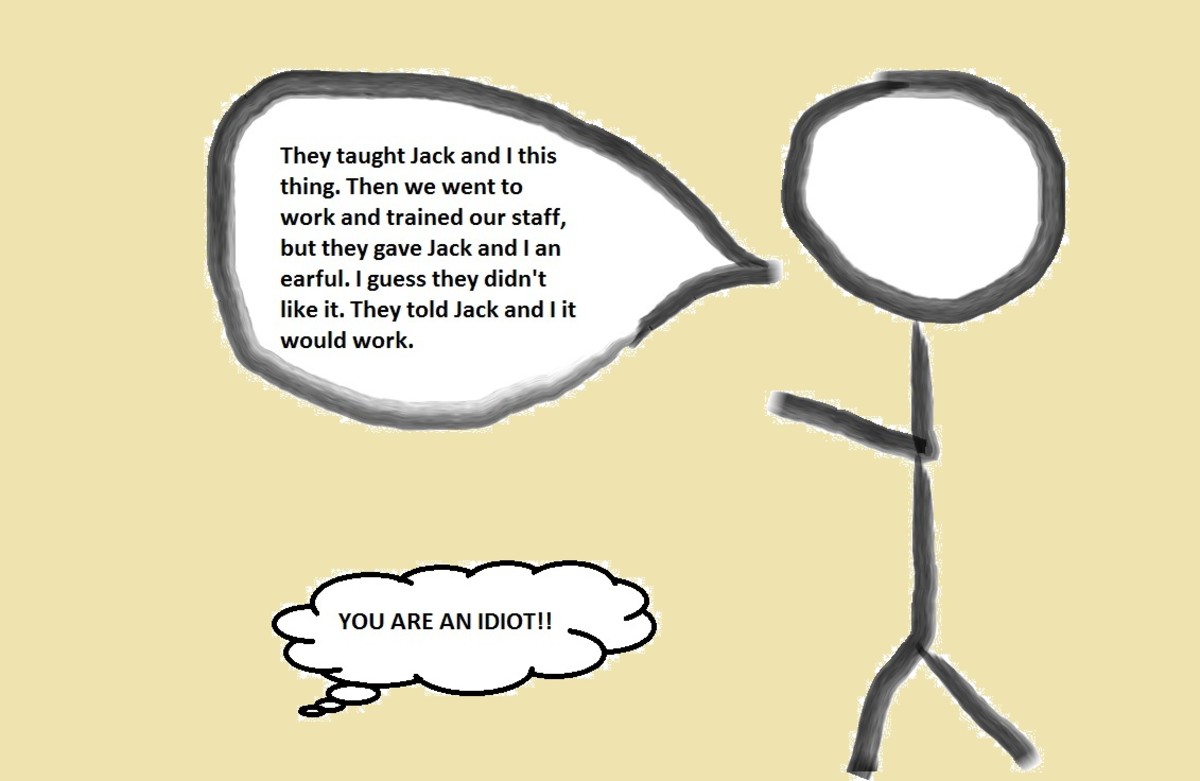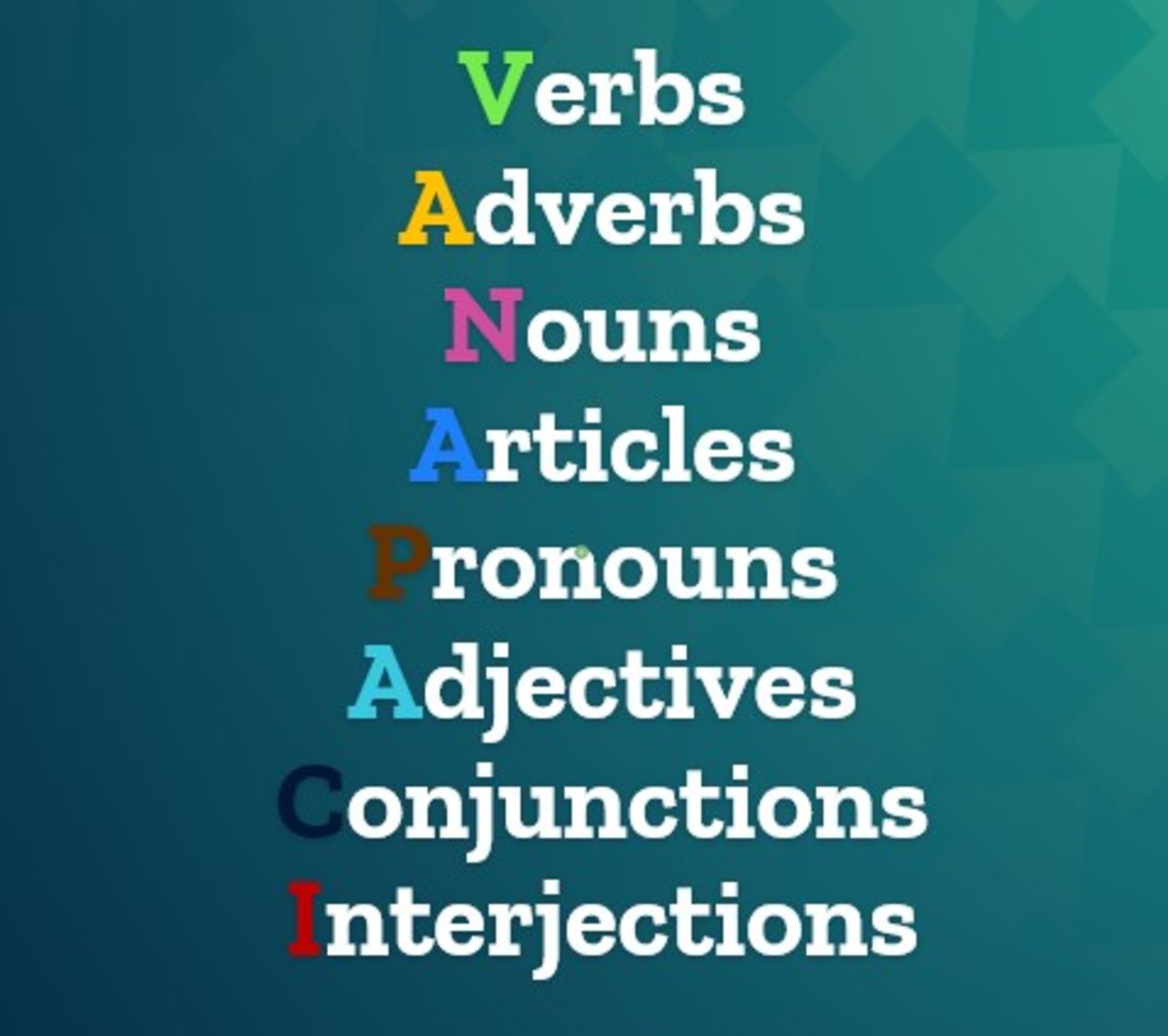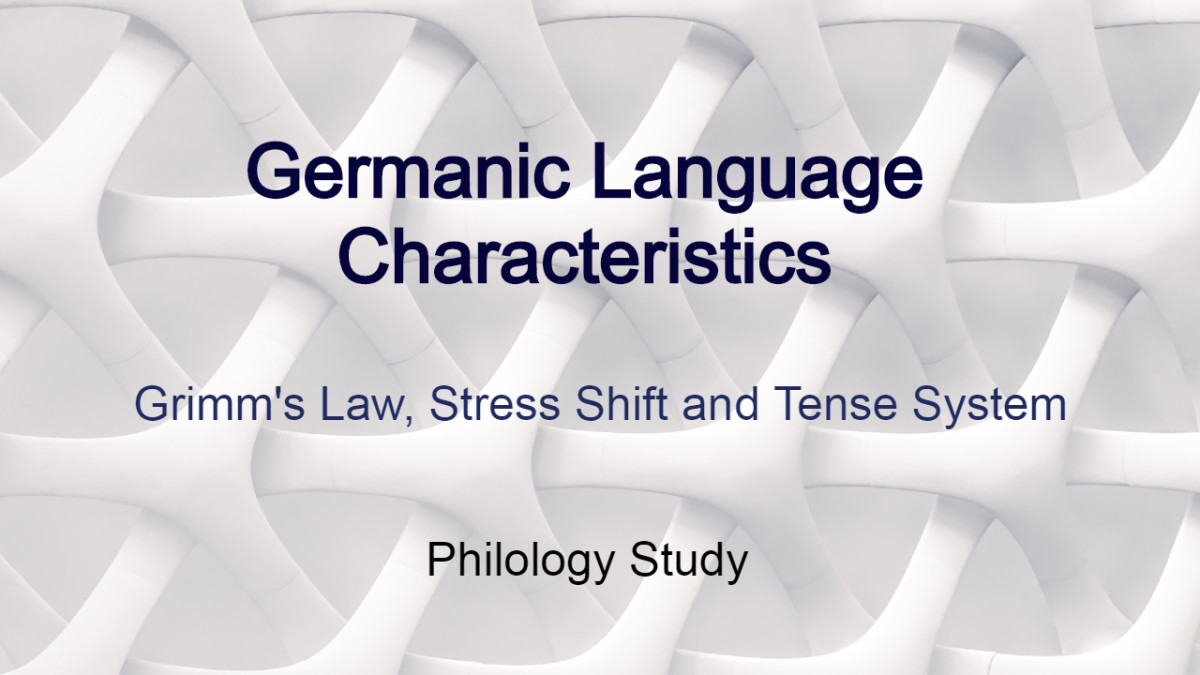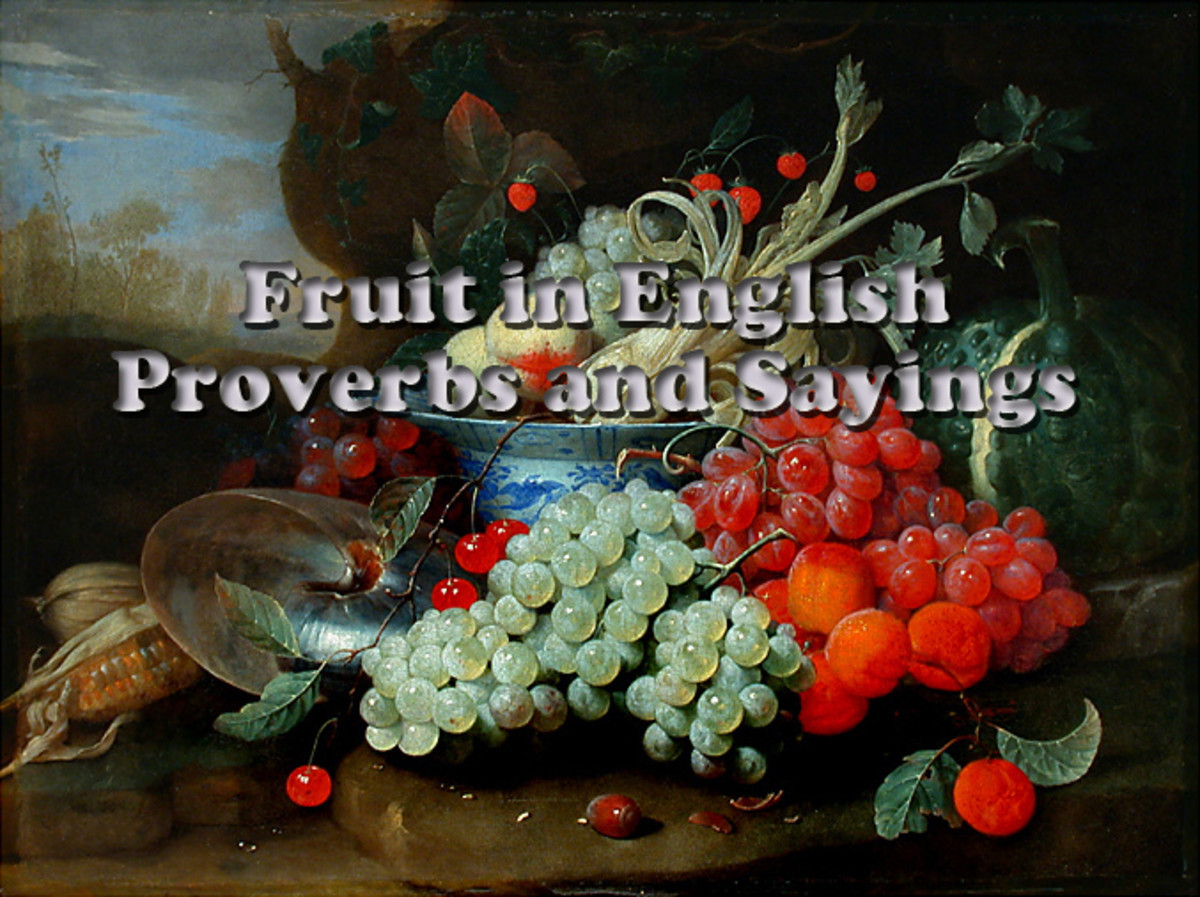English grammar: anaphora

Many word lovers have seen an unpunctuated sentence with the challenge to punctuate it to achieve a particular understanding. And many older folks have heard of the song “Throw Mama from the Train a Kiss, a Kiss.”
Both of these are examples of improper grammatical usage of anaphora, or backward reference. The reader cannot properly associate the subject and object.
When using a pronoun reference, the basic rule of thumb is to refer back to the closest noun, such as in “When I wrote to my son, he responded very quickly.” The reference to “he” goes to the closest previous noun, “my son”. This is an obvious reference. But even one like this can become hard to follow if it is embedded with a lot of phrases and clauses:
“I wrote to my son yesterday when I realized that I had forgotten his birthday. But, in that charming way some people have, and with a flower tended to show no hard feelings, he simply said he loved me.”
In this example, “I” and “me” refer to the mother or father; “his” and “he” refer to the son. Even this is a simple example. Anaphora must have strictly local antecedents to which they bind. A reflexive pronoun must be bound within the smallest category containing it, its selecting head and a subject; this is referred to as the pronoun’s governing category. If the anaphor is gender-specific (male, female, neutral), the writer needs to be careful that there is only one possible noun to be bound to. This is referred to as the resolution of an anaphora.
Resolution is often lost when sentences are taken out of context. Consider the statement “The President addressed a Brownies troop from Pennsylvania. He suggested that the girls have more to offer than most people expect.” “The girls” refers to young women in Girls Scouts and how even at a young age, they have a lot to offer. But if the second sentence was removed and published without the first, this could start quite a controversy, as readers assume he is referring to women of all ages. The simple reference to girls rather than women would cause an uproar. The anaphor must be resolved.
It is imperative that a writer keep anaphora resolved, to avoid confusion and misunderstanding. A zero anaphor is one in which the reference is one of verb tense or subject/verb resolution. For instance, if one uses a defined number in the subject, there may be parts of the predicate which appear to conflict, when in actuality they do not. For instance, “My two favorite hobbies are stamp collection and hide and seek.” “Hide and seek” is actually a unit, rather than two separate items, so the subject and predicate actually do agree. Another more common problem with anaphora is the use of a multiple subjects and keeping the verb proper. In the sentence “Me, my sister and my mother has control of the property,” There are two serious and common errors. The first is that “Me” is actually a subject, and as such should be “I”. The other is that a writer tends to work with the latest entry rather than the whole; “…my mother has control…” sounds right. But in truth there are three subjects, and so the verb should be “are” instead. This problem with subject/verb agreement is constantly seen in student writing, professional writing, television and movies.
© 2015 Bonnie-Jean Rohner







